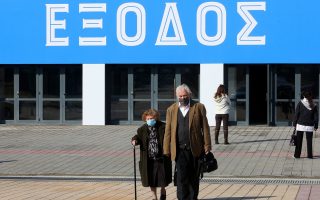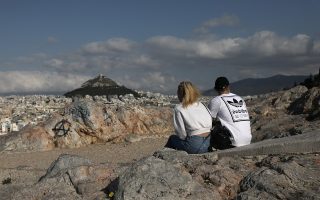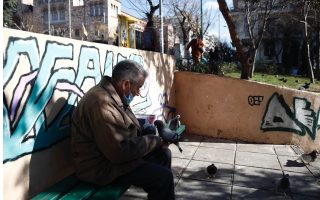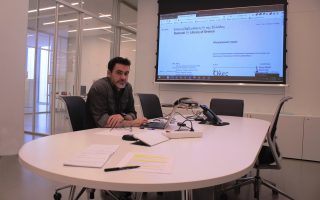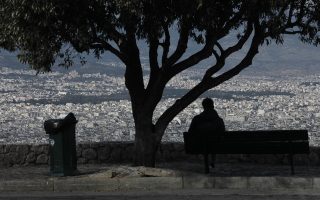Serendipity interrupted: A life without social accidents
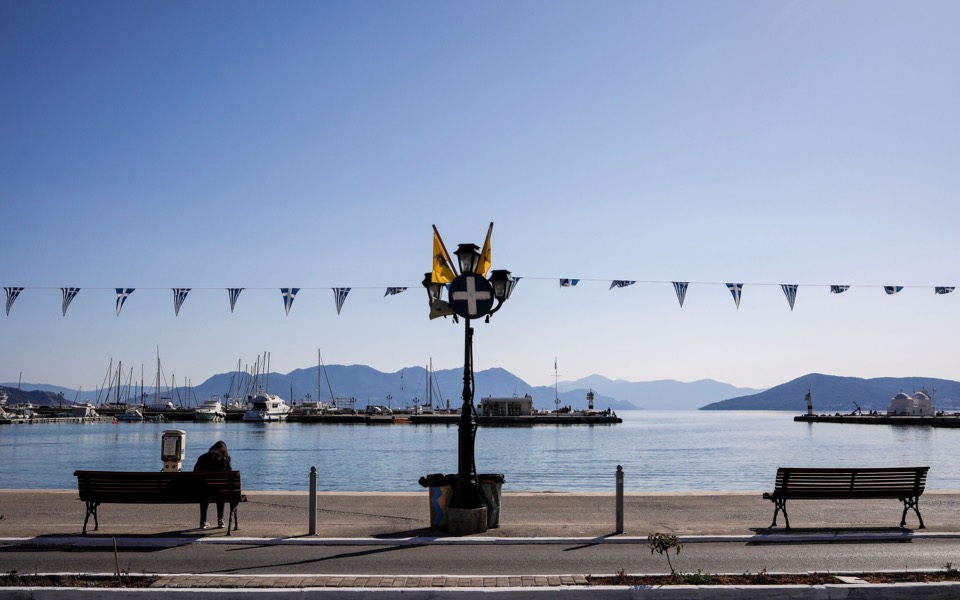
A year ago most countries around the world imposed national or localized lockdowns to protect us from Covid-19. Since then, millions have died and many more livelihoods have been harshly affected. As the vast majority of the world’s population has been in some form of lockdown, a side effect of the pandemic has been an immense loss of life’s capital of chance – the spontaneity and serendipity that can only happen when people meet people in the real world.
The random friend of a friend that we didn’t meet. The flirting glance of passers-by that we didn’t catch. The books we didn’t accidentally browse. The small talk or heated discussions we didn’t have with strangers, friends or foes, potential lovers. While it’s true that we have also avoided misfortunes and calamities, the social world is on balance more welcoming than not. And what Covid-19 has taken from us, beyond the unfathomable loss of human lives and livelihoods, is the serendipity of our social lives.
The term “serendipity” comes from the fairy tale “The Three Princes of Serendip,” in which the heroes were always making discoveries of things they were not looking for. But nothing can be discovered when we have nowhere to go. For a year or so we have been exiled from Serendip. Where have we been? What is the opposite of Serendip?
William Boyd in his novel “Armadillo” invited us to “think of another world in the far north, barren, icebound, cold, a world of flint and stone. Call it Zembla. Ergo: zemblanity, the opposite of serendipity, the faculty of making unhappy, unlucky and expected discoveries by design.”
Cinemas, theaters, museums, galleries, concert halls, pubs and restaurants are shut down in Zembla. In Zembla, we are algorithmically and predictably fed cultural products and recreational activities by online content providers. Our culture, instead of being curated by humans, is increasingly “suggested” by algorithms. These trends started before the pandemic but have been accentuated by it and, coupled with the dire straits of cultural institutions and the creative industries, they challenge the continuing originality and spontaneity of artistic creation and its communal sharing.
With jobs lost and workplaces deserted, those people lucky enough to remain in work have been interacting with colleagues in Zoom meetings, trying to be and seem present while our bodies are in one place and our minds in another. This dissonance partly explains our Zoom fatigue in this world of disembodied faces. And while our digital infrastructures enabled so many sectors and industries to switch online almost overnight, we must reflect on what the collateral damage may have been. Having spent most of my life in universities, I still remember that new ideas tend to surface not during lectures but during post-lecture discussions with other students and later on with colleagues, that the most interesting book was not the one I went to get from the library, but the one next to it, and similarly, that some of the most consequential discussions were with unfamiliar colleagues I happened to sit next to. Our universities’ intellectual and social life plays a unique role in catalyzing the unanticipated encounters with other people and their ideas that are indispensable for knowledge transfer and creation.
Even the social encounters that we have managed to maintain have been less spontaneous, more habitual, transactional and instrumental rather than interactive or playful, dictated less by social churn than by formal planning. In Zembla, you do not meet new people. Count the new people you met in 2019. And in 2020? Social distancing and lockdowns ensured that over the last 12 months, there were far fewer opportunities to fall in love for all those entering the pandemic as singles. Millions of people starved of human connection, becoming “skin hungry” in one of the largest natural experiments in the history of humankind on the effects of touch deprivation.
Beyond the personal toll that living in Zembla has had on us, this loss of serendipity has broader societal effects. Cass Sunstein argued that “architectures of serendipity” are conducive to a healthier democracy as they expose us to new ideas brought to us by people who lead different lives than ours. It is still too early to tell, but it is possible that the world out there is becoming yet more polarized, more dogmatic and less democratic while we stay away from its public spaces, its squares and workplaces, universities, museums and restaurants.
The world we will re-enter once the pandemic is over may feel less social as we take our first tentative steps outside. Will it also be less spontaneous? Let’s hope that life’s capital of chance hasn’t been exhausted and that the whirlwind serendipity of our social world will welcome us back before too long.
Manos Tsakiris is professor of psychology at Royal Holloway, University of London and the Warburg Institute, School of Advanced Study, University of London.
